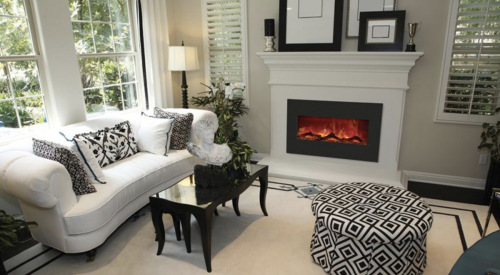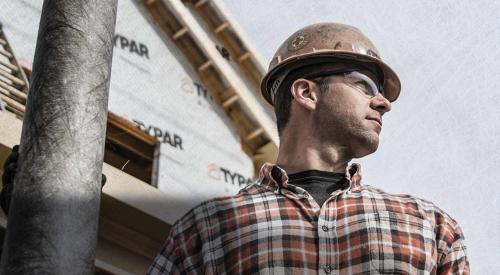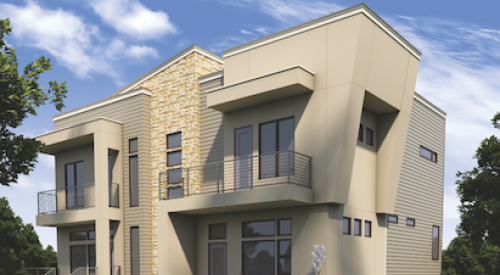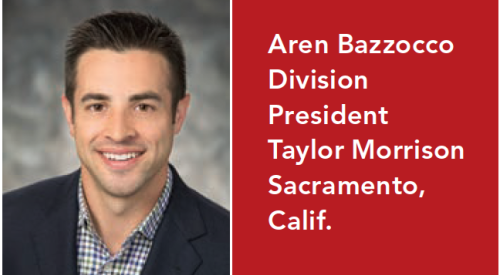The good news: Americans have wanderlust. The bad news: Nobody is moving. That's the lowdown from a recent research report by the Pew Research Center. Pew reports that nearly 50 percent of Americans say they would rather live in a different community than where they now live. On the flip side, fewer Americans moved between 2007 and 2008 (only 11.9 percent) than in any period since the government started tracking this.
I guess that all falls under the heading of Big Surprise. We all have a sense of the grass is greener on the other side, and for home builders the news that people aren't moving is hardly earth shattering.
But I did find a couple of results surprising. I have been working under the assumption that we were facing a strong back-to-the-city movement that was being driven by young people and aging baby boomers who wanted to be near shops, museums and restaurants. Not true, says Pew. Of the nearly half of the public who would rather live in a different type of community, most of them were city dwellers.
In fact, across the board, city dwellers were less enthusiastic about their environments than suburban, small town or rural denizens. The researchers looked at a number of factors associated with quality of life that include a good place to raise children; recreational or outdoor activities; cultural activities; opportunity to meet people and make friends; traffic; and crime. With the exception of cultural activities and the opportunity to meet friends, city dwellers ranked their environment worst or second worst in all the other categories.
The trump card? In rating the quality of their community in terms of raising children, city dwellers comparatively dumped on the city.
Ladies and gentlemen, we have a significant conflict. There is less available land, tighter water resources and less economic ability to develop infrastructure (stimulus bills notwithstanding), than we have ever seen. All of those make it more likely that we won't be developing suburban locations. They make it more responsible and smarter to develop closer-in locations.
The research does not say, I should stress, that people do not want to live in the city. It just says that people who live in other community types feel better about them than those in the city.
Still, we must overcome a significant hurdle when we push to increase infill development, focus on mid-rise condos and work for a more compact living environment. We have to overcome more tepid demand. Is that possible?











